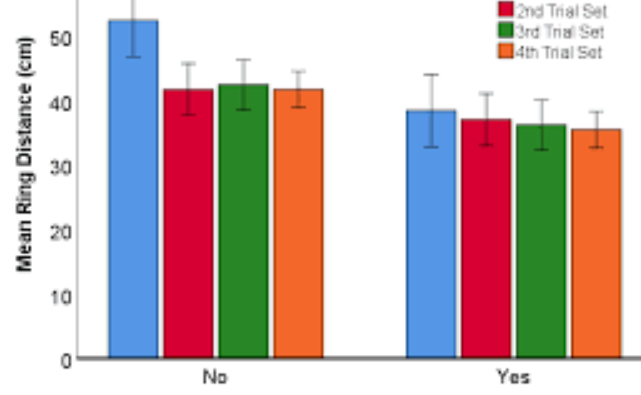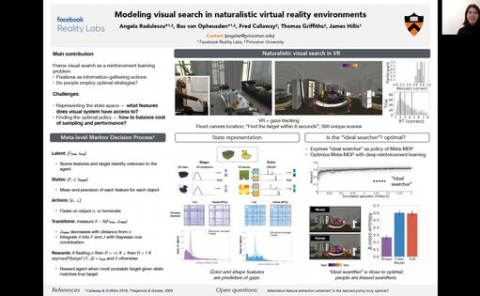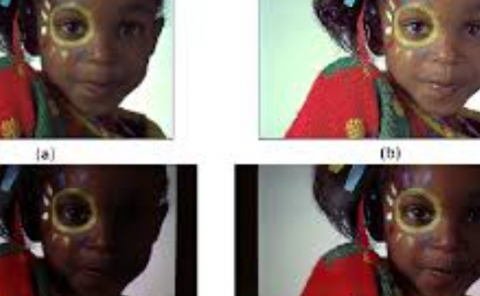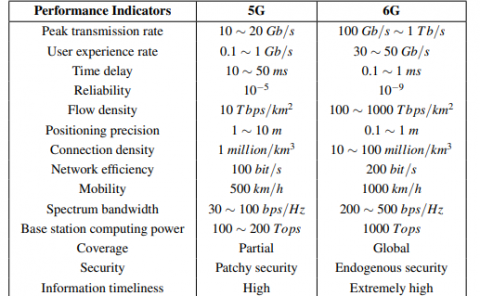Effects of Stereoscopic Viewing and Haptic Feedback, Sensory-Motor Congruence and Calibration on Near-Field Fine Motor Perception-Action Coordination in Virtual Reality
PubDate: August 2019
Teams: Clemson University
Writers: David Brickler; Matias Volonte; Jeffrey W. Bertrand; Andrew T. Duchowski; Sabarish V. Babu

Abstract
We present an empirical evaluation on how stereoscopic viewing and haptic feedback deferentially affects fine motor perception-action coordination in a pick-and-place task in Virtual Reality (VR). The factors considered were stereoscopic viewing, haptic feedback, sensory-motor congruence and mismatch, and calibration on perception-action coordination in near field fine motor task performance in VR. Quantitative measures of placement error, distance, collision, and time to complete trials were recorded and analyzed. Overall, we found that participants’ manual dexterous task performance was enhanced in the presence of both stereoscopic viewing and haptic feedback. However, we found that time to complete task was greatly enhanced by the presence of haptic feedback, and economy and efficiency of movement of the end effector as well as the manipulated object was enhanced by the presence of both haptic feedback and stereoscopic viewing. Whereas, number of collisions and placement accuracy were greatly enhanced by the presence of stereoscopic viewing in near-field fine motor perception-action coordination. Our research additionally shows that mismatch in sensory-motor stimuli can detrimentally affect the number of collisions, and efficiency of end effector and object movements in near-field fine motor activities, and can be further negatively affected by the absence of haptic feedback and stereoscopic viewing. In spite of reduced cue situations in VR, and the absence or presence of stereoscopic viewing and haptic feedback, we found that participants tend to calibrate or adapt their perception-action coordination rapidly with a set of at least 5 trials.



